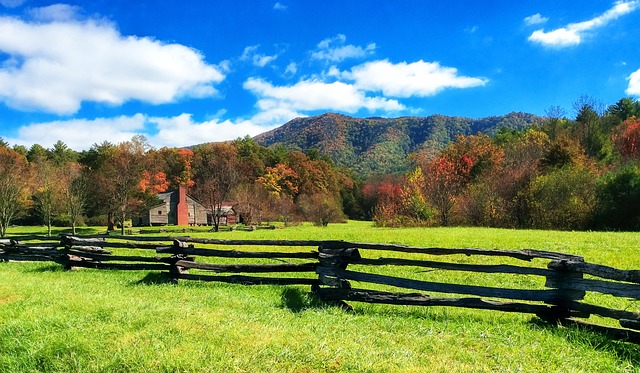What is Homesteading?
Homesteading is a lifestyle of self-sufficiency and sustainability, where individuals or families strive to live more independently by producing their own food, generating their own energy, and minimizing reliance on external resources. This often involves practices such as gardening, raising livestock, food preservation, renewable energy use, and DIY construction and repairs. Rooted in principles of simplicity and environmental stewardship, homesteading emphasizes the importance of living in harmony with nature, reducing waste, and making the most of available resources. It’s a way of life that combines traditional skills with modern innovations to create a resilient and fulfilling existence.
Top Areas of Homesteading
Below are the top areas of homesteading. These areas encompass a wide range of skills and knowledge areas that are essential for successful homesteading. Each area contributes to a more self-sufficient, sustainable, and resilient lifestyle.
- Sustainable Gardening
- Focuses on growing your own food using eco-friendly practices. This includes techniques like crop rotation, companion planting, organic pest control, and composting to maintain soil health and reduce reliance on chemical inputs.
- Animal Husbandry
- Involves raising livestock such as chickens, goats, pigs, and cows for food production and other purposes. Key aspects include proper feeding, breeding, housing, health care, and humane treatment of animals.
- Food Preservation
- Techniques for extending the shelf life of food, including canning, dehydrating, fermenting, and freezing. These methods allow homesteaders to store surplus harvests and ensure food availability year-round.
- Renewable Energy
- Implementation of sustainable energy sources such as solar, wind, and hydro power. Homesteaders use these technologies to reduce reliance on non-renewable energy and lower utility costs.
- DIY Construction and Repair
- Skills related to building and maintaining structures on the homestead, such as homes, barns, fences, and greenhouses. This includes carpentry, plumbing, electrical work, and general handyman skills.
- Water Management
- Techniques for managing water resources efficiently, including rainwater harvesting, well maintenance, irrigation systems, and water purification. Proper water management is crucial for sustaining crops and livestock.
- Permaculture
- A design philosophy that integrates land, resources, people, and the environment through mutually beneficial systems. Permaculture emphasizes sustainability, resilience, and self-sufficiency by mimicking natural ecosystems.
- Herbal Medicine
- The practice of growing and using medicinal herbs to treat common ailments. Homesteaders learn to identify, cultivate, and prepare herbal remedies as an alternative to conventional pharmaceuticals.
- Beekeeping
- The maintenance of bee colonies for honey production, pollination, and wax harvesting. Beekeeping involves understanding bee behavior, hive management, disease prevention, and honey extraction.
- Off-Grid Living
- Strategies for living independently from public utilities and infrastructure. This includes generating your own power, managing waste, growing food, and accessing water without relying on municipal services.

